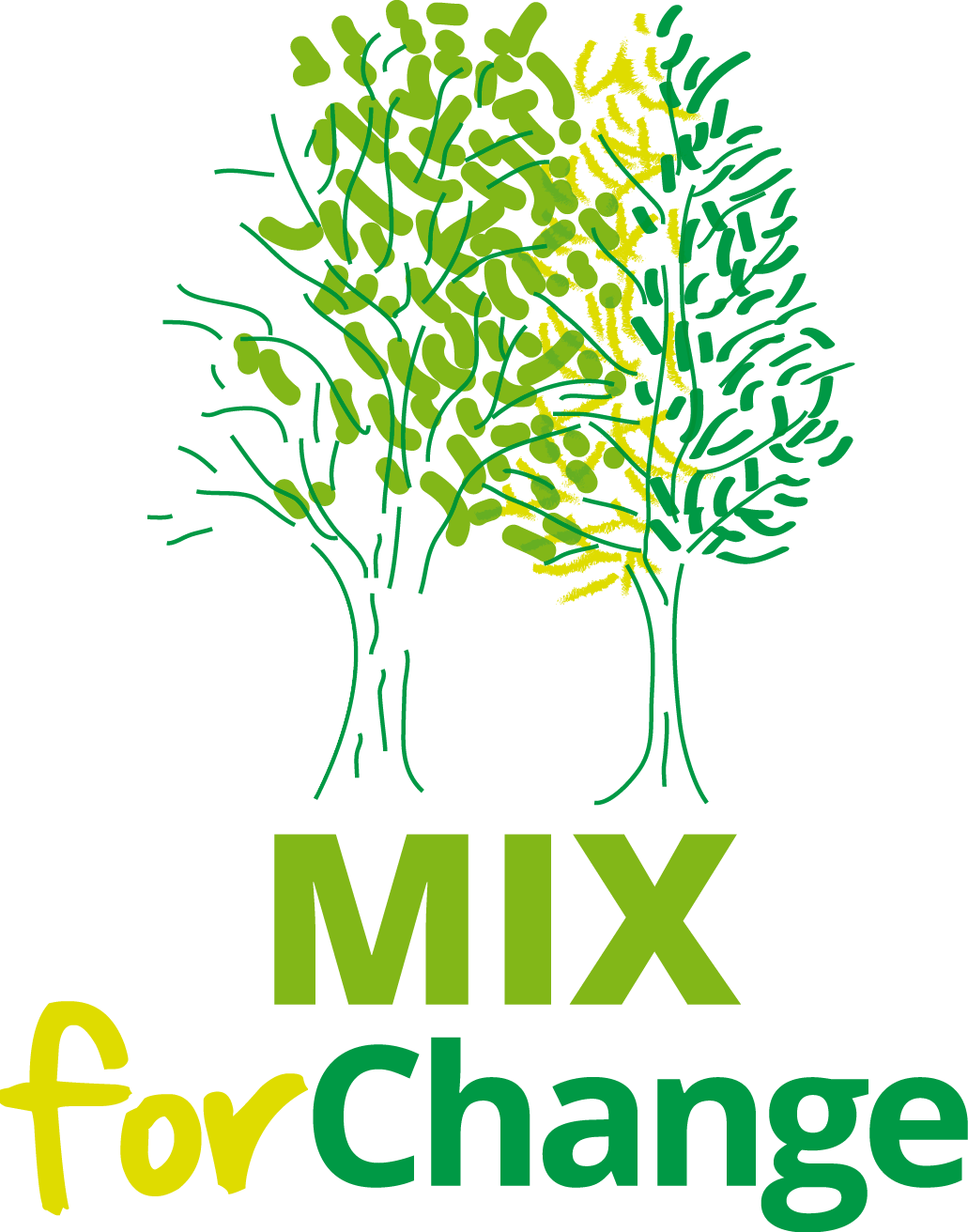At the beginning of 2018 one of the most important phases of LIFE MixForChange project starts: the implementation of the innovative forest management models of the subhumid Mediterranean forests. In the four forest types of the project (dominated by holm oak, chestnut, oak or pine) we are implementing a total of 164 ha of silvicultural treatments to improve the adaptation to climate change of these forests and to enhance the production of added-value timber products. A transversal aim is to promote the diversity of valuable broadleaved species including: Prunus avium, Quercus petraea, Q. humilis, Q. canariensis, Sorbus torminalis, S. domestica, Fraxinus excelsior, F. angustifolia, Acer pseudoplatanus, A. opalus and A. campestre.

The general principles of the silviculture applied are the following:
– Density reduction, to limit the competition for water and increase tree vitality, following tree-oriented silviculture principles. The trees to promote are those with interest from the points of view of biodiversity (presence of cavities and other micro-habitats, underrepresented tree species), structural diversity (trees of various strata and dimensions), as well as those with future commercial interest (well shaped and vigorous).
– Selective undergrowth clearing, with the same aim of reducing the competition for water, as well as to facilitate the walkability. This intervention respects the shrub species with special interest for wildlife (producing edible fruit) and those that are underrepresented in the stand.
– In coppices (mainly, chestnut and holm oak forests) we select and promote the best standards from each strain.
These interventions are designed based on a previous inventory and with the contributions by the Experts Advisory Committee of the project. Prior to the implementation of works we mark the stand (those trees to remove or to maintain) with qualified staff from project partners. The particular features of the intervention implemented in each stand is established in a document stating the terms and conditions.

Marked stand: oak stand at Montnegre-Corredor massif; the trees with an orange mark are those to promote in the selective thinning

Marked stand: chestnut stand at Montnegre-Corredor massif; the trees with an orange mark are those to promote in the selective thinning


